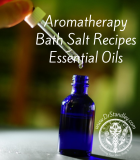
|
|
|
 |
|||||||||||||||||||||||
 When using the Amazon Store Front links to any products I mention I earn a small commission at no cost to you.
|
|
Almond Oil has a smoke point of about 430°. ALMOND OIL
 |
Avocado Oil has the highest smoke point at 520°. AVOCADO OIL
 |
|
Bacon grease has a smoke point of about 325°. BACON GREASE
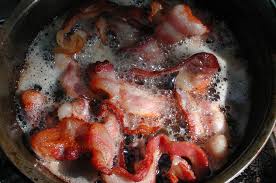
|
Beef Tallow has a smoke point of about 400°. BEEF TALLOW
 |
"The higher a fat's smoke point,
the more cooking methods it can be used."
Butter has a smoke point of about 302°.
BUTTER

Canola Oil has a smoke point of about 400°.
CANOLA OIL

Castor Oil has a smoke point of about 392°.
CASTOR OIL

Coconut Oil has a smoke point of about 400°.
COCONUT OIL

"The higher a fat's smoke point,
the more cooking methods it can be used."
Corn Oil has a smoke point of 450° refined, 352°unrefined.
CORN OIL

Flaxseed Oil has a smoke point of about 225°.
FLAXSEED OIL
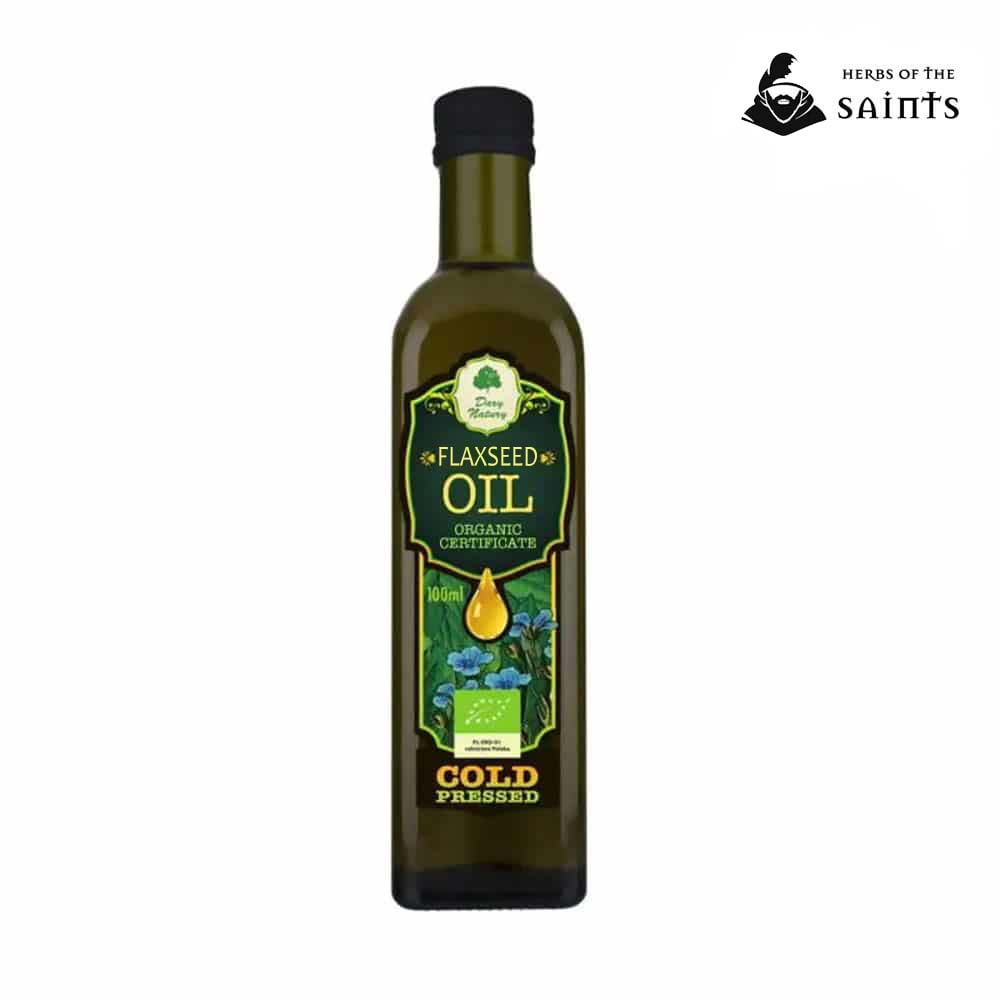
Ghee has a smoke point of about 482°.
GHEE (CLARIFIED BUTTER)

Grapeseed Oil has a smoke point of about 420°.
GRAPESEED OIL
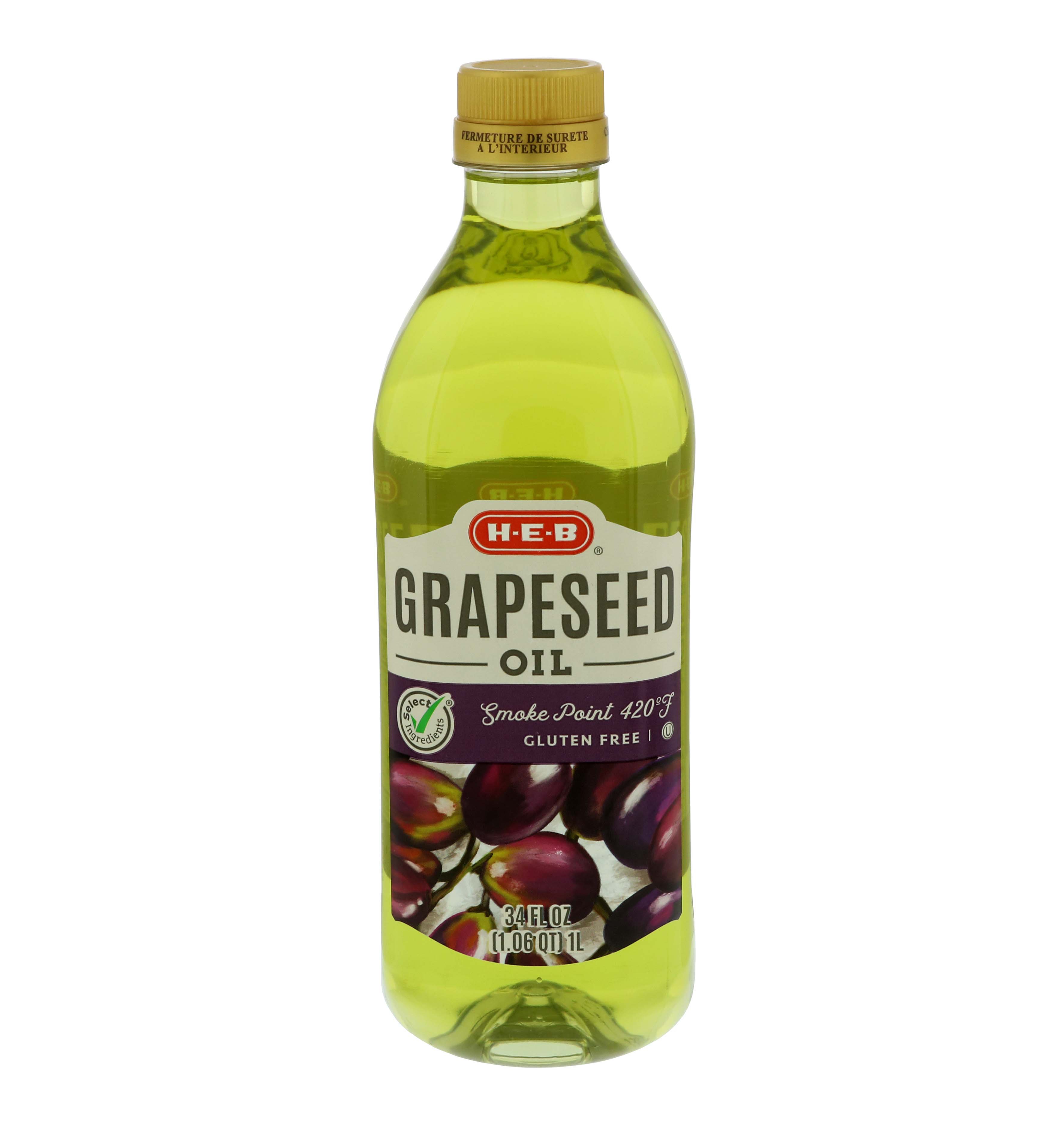
"The higher a fat's smoke point,
the more cooking methods it can be used."
Hemp Seed Oil has a smoke point of about 325°.
HEMP SEED OIL

Lard has a smoke point of about 374°.
LARD
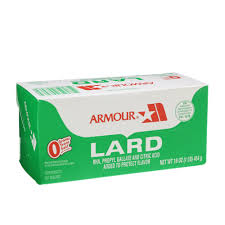
Margarine has a smoke point of about 420°.
MARGARINE

Olive Oil has a smoke point of 374° - 405° depending on type.
OLIVE OIL

"The higher a fat's smoke point,
the more cooking methods it can be used."
Palm Oil has a smoke point of about 450°.
PALM OIL

Peanut Oil has a smoke point of about 450°.
PEANUT OIL

Rice Bran Oil has a smoke point of 450°.
RICE BRAN OIL

Safflower Oil has a smoke point of about 225° to 510° depending on type.
SAFFLOWER OIL

"The higher a fat's smoke point,
the more cooking methods it can be used."
Sesame Oil has a smoke point of 350° refined, 510°unrefined.
SESAME OIL

Soybean Oil has a smoke point of about 453°.
SOYBEAN OIL

Sunflower has a smoke point of 225° to 453° depending on type.
SUNFLOWER OIL

Vegetable Oil has a smoke point of about 428°.
VEGETABLE OIL

Bread, Rolls, Tortillas & more | Bug Out Bag | Calorie Dense Foods | Campfire Dutch Oven Cooking | Candles - Easy, Quick, Cheap | Canned Food List | Chuck Norris Memes | Cooking Options | Dehydrating Food | Emergency Food Companies | Faithkeeper | Faraday Cage | First Aid Kit | Food Storage Containers | Fuel Options | Grains Food List | Ice Benefits | Keeping Food Cold | Lighting Preps | Milk Options | Powdered Foods | Snack Foods | Spices, Baking, Condiments, Soup Starters | Staying Warm and Conserving Heat | Tent, Cabin or Fort Inside the Home | Tools, Gadgets, Knives | Transportation, Carting and Hauling | Water Choices | Water Glassing (Eggs)
DISCLAIMER
**This web site's goal is to provide you with information that may be useful in attaining optimal health. Nothing in it is meant as a prescription or as medical advice. You should check with your physician before implementing any changes in your exercise or lifestyle habits, especially if you have physical problems or are taking medications of any kind.
the more cooking methods it can be used."
Butter has a smoke point of about 302°.

Canola Oil has a smoke point of about 400°.

Castor Oil has a smoke point of about 392°.

Coconut Oil has a smoke point of about 400°.

the more cooking methods it can be used."
|
Corn Oil has a smoke point of 450° refined, 352°unrefined. CORN OIL

|
Flaxseed Oil has a smoke point of about 225°. FLAXSEED OIL
 |
|
Ghee has a smoke point of about 482°. GHEE (CLARIFIED BUTTER)

|
Grapeseed Oil has a smoke point of about 420°. GRAPESEED OIL
 |
"The higher a fat's smoke point,
the more cooking methods it can be used."
Hemp Seed Oil has a smoke point of about 325°.
HEMP SEED OIL

Lard has a smoke point of about 374°.
LARD

Margarine has a smoke point of about 420°.
MARGARINE

Olive Oil has a smoke point of 374° - 405° depending on type.
OLIVE OIL

"The higher a fat's smoke point,
the more cooking methods it can be used."
Palm Oil has a smoke point of about 450°.
PALM OIL

Peanut Oil has a smoke point of about 450°.
PEANUT OIL

Rice Bran Oil has a smoke point of 450°.
RICE BRAN OIL

Safflower Oil has a smoke point of about 225° to 510° depending on type.
SAFFLOWER OIL

"The higher a fat's smoke point,
the more cooking methods it can be used."
Sesame Oil has a smoke point of 350° refined, 510°unrefined.
SESAME OIL

Soybean Oil has a smoke point of about 453°.
SOYBEAN OIL

Sunflower has a smoke point of 225° to 453° depending on type.
SUNFLOWER OIL

Vegetable Oil has a smoke point of about 428°.
VEGETABLE OIL

Bread, Rolls, Tortillas & more | Bug Out Bag | Calorie Dense Foods | Campfire Dutch Oven Cooking | Candles - Easy, Quick, Cheap | Canned Food List | Chuck Norris Memes | Cooking Options | Dehydrating Food | Emergency Food Companies | Faithkeeper | Faraday Cage | First Aid Kit | Food Storage Containers | Fuel Options | Grains Food List | Ice Benefits | Keeping Food Cold | Lighting Preps | Milk Options | Powdered Foods | Snack Foods | Spices, Baking, Condiments, Soup Starters | Staying Warm and Conserving Heat | Tent, Cabin or Fort Inside the Home | Tools, Gadgets, Knives | Transportation, Carting and Hauling | Water Choices | Water Glassing (Eggs)
DISCLAIMER
**This web site's goal is to provide you with information that may be useful in attaining optimal health. Nothing in it is meant as a prescription or as medical advice. You should check with your physician before implementing any changes in your exercise or lifestyle habits, especially if you have physical problems or are taking medications of any kind.
the more cooking methods it can be used."
Hemp Seed Oil has a smoke point of about 325°.

Lard has a smoke point of about 374°.

Margarine has a smoke point of about 420°.

Olive Oil has a smoke point of 374° - 405° depending on type.

the more cooking methods it can be used."
|
Palm Oil has a smoke point of about 450°. PALM OIL
 |
Peanut Oil has a smoke point of about 450°. PEANUT OIL

|
|
Rice Bran Oil has a smoke point of 450°. RICE BRAN OIL
 |
Safflower Oil has a smoke point of about 225° to 510° depending on type. SAFFLOWER OIL

|
"The higher a fat's smoke point,
the more cooking methods it can be used."
Sesame Oil has a smoke point of 350° refined, 510°unrefined.
SESAME OIL

Soybean Oil has a smoke point of about 453°.
SOYBEAN OIL

Sunflower has a smoke point of 225° to 453° depending on type.
SUNFLOWER OIL

Vegetable Oil has a smoke point of about 428°.
VEGETABLE OIL

Bread, Rolls, Tortillas & more | Bug Out Bag | Calorie Dense Foods | Campfire Dutch Oven Cooking | Candles - Easy, Quick, Cheap | Canned Food List | Chuck Norris Memes | Cooking Options | Dehydrating Food | Emergency Food Companies | Faithkeeper | Faraday Cage | First Aid Kit | Food Storage Containers | Fuel Options | Grains Food List | Ice Benefits | Keeping Food Cold | Lighting Preps | Milk Options | Powdered Foods | Snack Foods | Spices, Baking, Condiments, Soup Starters | Staying Warm and Conserving Heat | Tent, Cabin or Fort Inside the Home | Tools, Gadgets, Knives | Transportation, Carting and Hauling | Water Choices | Water Glassing (Eggs)
DISCLAIMER
**This web site's goal is to provide you with information that may be useful in attaining optimal health. Nothing in it is meant as a prescription or as medical advice. You should check with your physician before implementing any changes in your exercise or lifestyle habits, especially if you have physical problems or are taking medications of any kind.
the more cooking methods it can be used."
Sesame Oil has a smoke point of 350° refined, 510°unrefined.

Soybean Oil has a smoke point of about 453°.

Sunflower has a smoke point of 225° to 453° depending on type.

Vegetable Oil has a smoke point of about 428°.

| 314.420.5099 |
| Questions regarding this site: webmaster@drstandley.com |
| Copyright 1999-2025: Dr. Loretta J. Standley - All Rights Reserved. |





